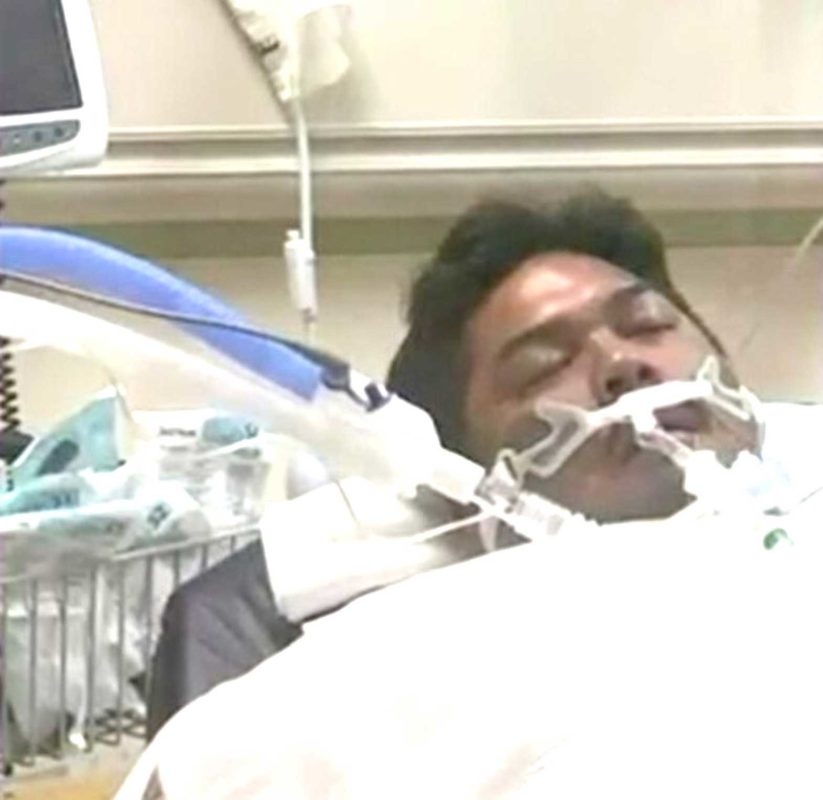Filipinos have second-worst Covid-19 disparity in Hawaii

Ewa Beach bartender Coby Torda recovered from coronavirus after 6 weeks in a medically induced coma. Next only to Pacific Islanders, Fiipinos have the highest Covid-19 disparity in Hawaii. SCREENGRAB
HONOLULU – Filipinos make up 16% percent of Hawaii’s population but have 21% of the state’s coronavirus cases, giving the community the state’s second-worst Covid-19 disparity.
With the worst disparity are Pacific Islanders in Hawaii, excluding Native Hawaiians. While making up just 4% of the state’s population, they suffer 13% of coronavirus cases. Pacific Islanders face high rates of Covid-19 in several states ranging from Alaska to Arkansas.
That’s according to new data from the Hawaii Department of Health released Friday. It provides the most detailed breakdown yet about how Covid-19 is affecting diverse communities in Hawaii, according to a report by Anita Hofschneider of Civil Beat.
The latest analysis eliminates the “mixed race” group and calculates population sizes slightly differently from typical census categories.
Hawaii’s white community is also experiencing a smaller disparity — it makes up 28% of cases but just 25% of the population.
Amy Agbayani, a longtime advocate for Hawaii’s Filipino community, says both Pacific Islanders and Filipinos are essential workers and many live in multi-generational housing. Many are also immigrants or migrants with limited English proficiency and less access to health insurance and social safety nets.
One surprising aspect of the newly disaggregated data is that Native Hawaiians aren’t currently experiencing disproportionate rates of Covid-19 — in fact, the opposite is true. Previously, state data combined Native Hawaiians and other Pacific Islanders into a single category which made it appear as though Hawaiians did experience disproportionate rates.
But once people who identify as Native Hawaiian or part-Native Hawaiian are disaggregated, the data shows they make up 21% of the population but just 13% of cases.
Esther Kia’aina, executive director of the Pacific Basin Development Council, has been an outspoken critic about how long it’s taken for the state to provide more precise data.
But she’s thankful for the new publicly available data, and hopeful that the state will eventually be able to show data on Samoan, Vietnamese and Micronesian communities. Hawaii hasn’t yet published any data about the Hispanic community.
Amelia Casamina Cabatu, who runs a senior daycare center on Oahu, a radio show and is also a columnist for the Fil-Am Courier, says the new data is saddening but she’s hopeful it will trigger action. “I truly, truly believe that we need to increase the testing among the Filipino community because many of us are caregivers,” she told Civil Beat.
Bryant de Venecia, spokesman for Unite Here Local 5, a local union for hospitality and health care workers most of whom are Filipino and Pacific Islander, wasn’t surprised to hear about the Covid-19 disparities.
“It all goes back to the socioeconomic conditions that our members live in,” he said. “A lot them live in housing with two, three other families.” Service workers also have a hard time avoiding respiratory diseases.
“People who are working in the food service industry and other hospitality industries are in very tight spaces like kitchens,” he noted.

